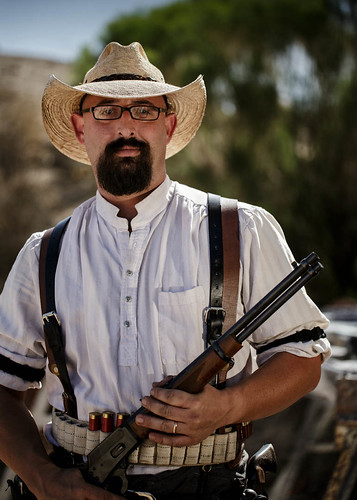 Autotesting the Odin
Autotesting the Odin
Bye Bye FLEX TT
Well after 2 years of trying to make them work, I finally gave up on the Pocket Wizard Flex TT5s - they just weren't reliable, I even picked up a a 430exII just to see if they'd work better than my 580exIIs- they did. But then it hit me, was I really going to downgrade all my speedlights to get this to work- uh no.
Lucky me, I found someone to buy all my PWs for more than I paid for them (thanks Craigslist)
Hello Odin!
So for the same price as my 3 TT5s and AC3 I was able to pick up an Odin Transmitter, 3 TTL receivers, 2 Manual Receivers, and 1 manual transmitter - Not a bad deal - as long as they work, right?
Well to find out if they do work I set up a test using my intervalometer and 4 speedlights. To try and test as many modes of operation a once I had each speed light set up a bit different:
- 430exII on TTL
- 580exII on Manual w/TTL receiver
- 580exII on Manual w/TTL receiver
- Vivitar 283 on manual w/manual receiver
I set the strobes outside facing the camera which was setup indoors, set the intervalometer to take 100 shots 8 secs apart (to allow that old vivitar to recycle- and prevent overheating) I repeated this test on both my 1dmkii and my new 5dmkiii - results indicated no differences for each camera.
So how were the results? Not good - I had a fairly consistent 15% failure to fire across each of the speedlights - disappointing to say the least, especially when I read so many rave reviews on this system. However, switching everything from CH1 to CH4 I saw a dramatic improvement-100% operation on all the TTL receivers and only 5 FTFs out of 200 attempts for the manual receiver (which could have been the old vivitar being tired) This is a MUCH better start than with my old PWs.
So far I've only shot one job with them so I still need more time with them, but so far I'm happy.
Initial impressions:
Pros:
- Internal Antenna: While the build quality may not be as solid as PWs, I appreciate the absence of any appendages - the antenna design on the TT5s was plain stupid an I always felt like it was just a matter of time before that sucker gets rip outta its socket.
- Better Manual control: Adjusting Manual power settings from the odin seems MUCH more consistent than with the AC3 - the full power setting on the AC3 was far from what my 580s were capable of.
- All sync cables included - even the camera shutter release cable that PW rapes you for $95!
- 2.4Ghz - they work with my 580ExIIs - I have an acre lot and couldn't get enough distance between camera and flash for them to be out of range - this was much better than the 25 ft I sometimes got with my TT5s
- Remote control of zoom setting on each TTL Flash - TT5s didn't do this trick.
- HSS and Rear Curtain sync just like the PWs but as I said above these guys work at distance which I need when I working in daylight with my 70-200 and need some distance.
- 1/4" threaded adapter is inline with the hot shoe - a small thing, but sometimes the offset location on TT5s caused some grief with certain modifiers.
Cons:
- No Hypersync - not missing it so far.
- Manual power control is only in 1 stop increments (not 1/3) - I've been playing with the zoom setting to bleed some power off as a work around.
- Doesn't control the power of my Einstein640 - this was the one thing that caused me to hang on to my PWs for so long.
Pocket Wizards have long been the de-facto standard in wireless triggers and all others were just cheap imitation rarely worth the risk. However, in the TTL game, Pocket wizard has really dropped the ball and now have a product that actually performs WORSE than the cheap knock offs.







I'd been thinking about a self assignment for a while now so when I saw that there was a cowboy shooting match at my local range, I grabed my camera and lighting bag and headed out the door.
It wasn't all about picture taking either, I truly treated this as an assignment and introduced myself to the match director and made sure he was okay with me strolling through his course of fire. I interviewed several of the competitors to get a bit of insight into their sport. And while I'm far from being a writer, I shared a little of what I learned in my flickr post.
I also sent 5x7 prints to those that posed for me as a token of appreciation for helping me out. Got some great feedback too, One wrote to tell me that when he pull out the picture his wife saw it, grabed it, and said "this one's mine" and has got it on display in her office.
So I guess my first self assignment was a sucess, I got the shot (and didn't get shot), learned quite abit about cowboy shooting, and met some really cool people.